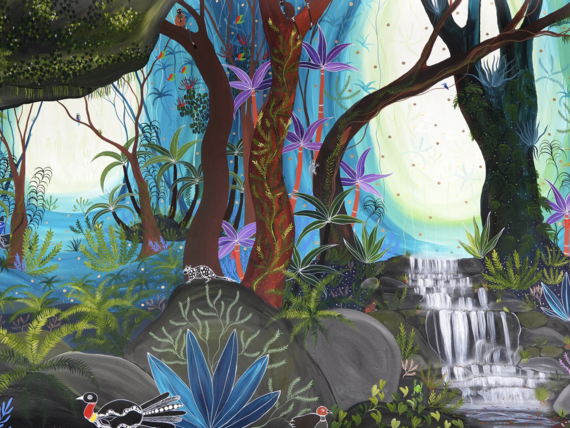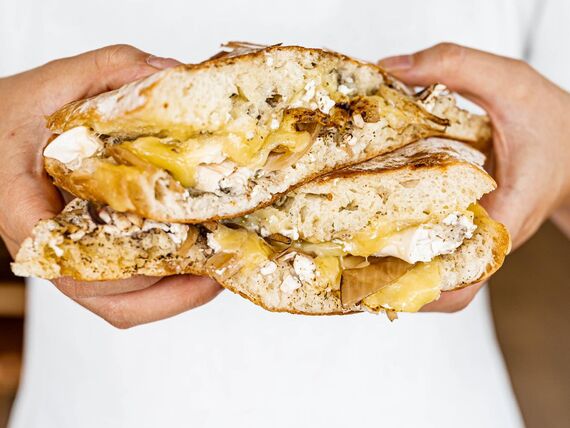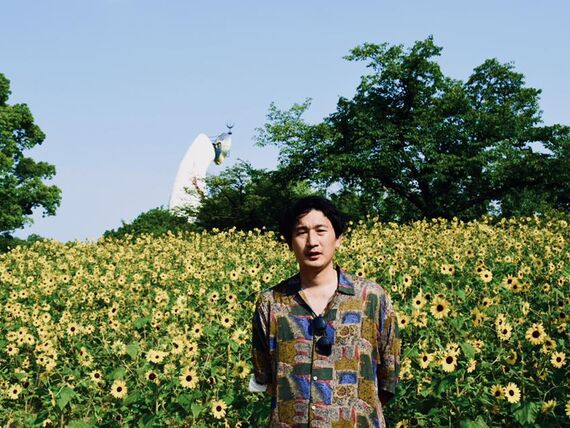TROPIC NOW REGIONAL HISTORY: The outbreak of Spanish flu in Cairns
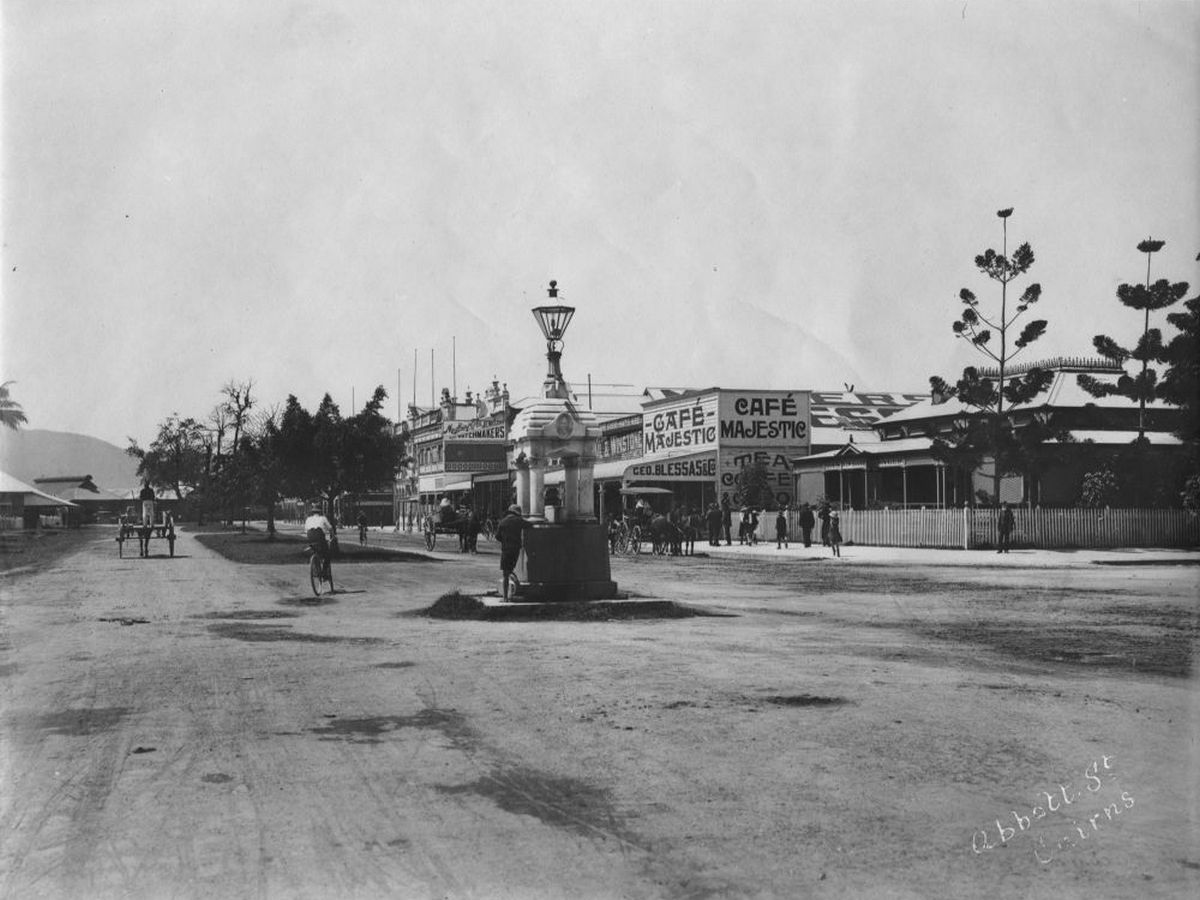
As Cairns deals with the current covid-19 pandemic, Tropic Now takes a look at how the city fared during the previous global pandemic almost 100 years ago.
CULTURAL WARNING: This story contains an image of an Aboriginal person who has died.
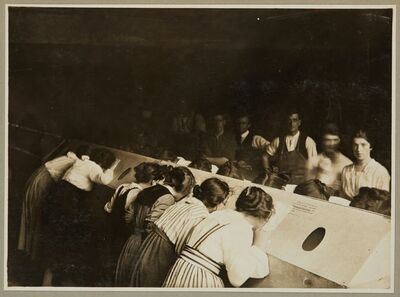
At the beginning of 1919, Spanish Influenza had already wiped out millions of people across the northern hemisphere and had just made its presence felt in Far North Queensland.
In February, the Cairns Post reported that Thursday Island was initially worst hit.
“A few cases had been reported from Cairns including three Japanese and one or two whites,” the article said.
“Reports from Thursday Island stated that three white residents and 23 coloured persons had died.”
With servicemen and women returning from WWI and overseas ships constantly coming and going from the Cairns Wharf, local authorities were expecting a serious outbreak in the city.
OUTBREAK PREPARATION
As the first cases were being reported, the Townsville Daily Bulletin detailed the precautions that were planned, including an entire city clean-up focusing on street drains and dust.
Authorities were also trying to resolve a shortfall of vaccines, however perhaps most interestingly, were stocking up on inhalation chambers, which were thought to steam clean the lungs by dishing out a dose of zinc sulphate.
“A full supply of atomisers has been ordered from the south, and pending their arrival, others are being made in the district, in case the need for them should arise before the supplies ordered from the south can be available,” the article said.
“These atomisers are for use in the inhalation chambers, and in all probability will be required only at hospitals, where those attending patients would need their use periodically.
“Should a case of the epidemic be discovered in any premises in the town, the patient will be removed to the isolation ward at the General Hospital and the premises at once quarantined.
"All inmates will be required to undergo at least three periods of inhalation, each of ten minutes duration over three successive days, together with vaccination twice within the first week.”
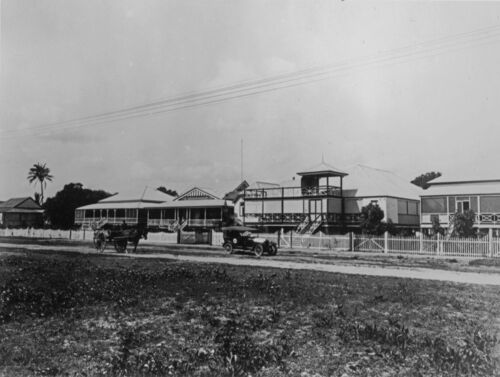
MOVEMENT RESTRICTIONS
At the same time, the Queensland Government announced new powers to restrict transmissions, including minimising travel, closing churches, schools, bars, camps and picture shows and allowing public buildings such as schools to be used as hospitals.
However, by July, it was clear those restrictions weren’t being adhered to in Cairns.
Hotels and restaurants remained open according to a new directive issued by local authorities, as reported by the Cairns Post.
“All utensils, crockery-ware other than glasses, drinking vessels and receptacles used in restaurants, refreshment-rooms, hotels, wineshops, boarding or lodging houses...should, before being used in the cooking, preparation, serving, or consumption of food or refreshment, be boiled for a period of five minutes in boiling water, to which shall be added washing soda,” the article says.
However, overcrowding in the Chinatown precinct of Grafton Street was considered a serious concern.
“They undertook to reduce overcrowding in Chinatown as far as possible, and carry out the regulations as required by the Council,” a Cairns Post story from May said.
“Copies of the necessary procedure will be posted up in Chinese, and the Mayor believes that wholehearted support will be accorded to the efforts of the authorities.”
SUPPLY SHORTAGES
That same month, supply shortages were also being felt, most notably for flour.
Toilet paper wasn’t a thing in those days.
“Concern has been felt locally for some weeks past regarding the possibilities of replenishing the supplies of flour,” The Daily Mercury reported.
“Brisbane Milling Co. is unable to ship further flour at present owing to an acute position on wheat supplies and quarantine regulations prevent shipments from Sydney and Melbourne.”
CASES AND DEATHS
By August, the outbreak had reached its peak, with cases and deaths reported right across the region.
Indigenous communities were hit hard, during a time of inequality and segregation.
“Another aborigine died yesterday, making a total of six deaths amongst the blacks in a fortnight,” the Cairns Post reported.
“The Mayor and Doctor Elliott visited the Yarrabah Mission Station in an endeavour to secure Aboriginal nurses for the second isolation hospital, to be established at the boy’s' school in Cairns.
“Sixtv patients still are in the isolation hospital at the girls' school.
“The outbreak on the Atherton Tableland is of great severity and it has been decided to establish an isolation hospital at the Mareeba school.
“At Yungaburra an isolation hospital has been established at Mr. Walter Davis' residence, and 15 patients are being treated there.
“The total number of cases to date at Cairns and in the Hinterland is about 859 and the deaths nine.”
By late August, the death toll stood at 17.
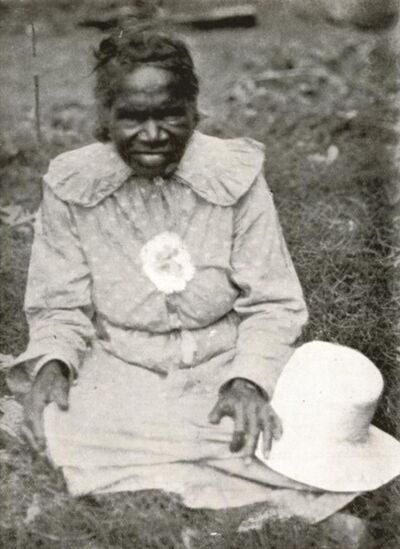
In those days, victims were named and they included prominent figures.
“The epidemic removed another prominent citizen yesterday in the person of Mr. Edward Atherton,” The Cairns Post said.
“He was the son of Sir John Atherton, after whom the famous Tabelands was named and was actively associated with public life.”
“The position in regard to influenza in Cairns is improving.”
NURSE MAGGIE'S DEVOTION
As the situation stabilised, health workers were honoured just as they are today.
There was special recognition for an Indigenous woman named by The Telegraph newspaper only as “Maggie”, who was from the Mareeba area.
“Influenza broke out in their camp in a very virulent form and the doctor established an isolation hospital for the black patients in the grandstand on the Mareeba showground,” the article says.
“Maggie volunteered her services as nurse, and rapidly became proficient in the care of her patients, nearly all of whom were suffering from pneumonic influenza.
“Her husband fell a victim to the disease and died despite all her efforts.
“Although overcome with sorrow, she nursed the remaining patients right through the campaign and made light of the risk she ran, even scorning to take precautions against infection.
“Of 48 patients, 12 died.”
There were also newspaper reports that of around 200 infections at the Yarrabah Mission, only one death was recorded there.


